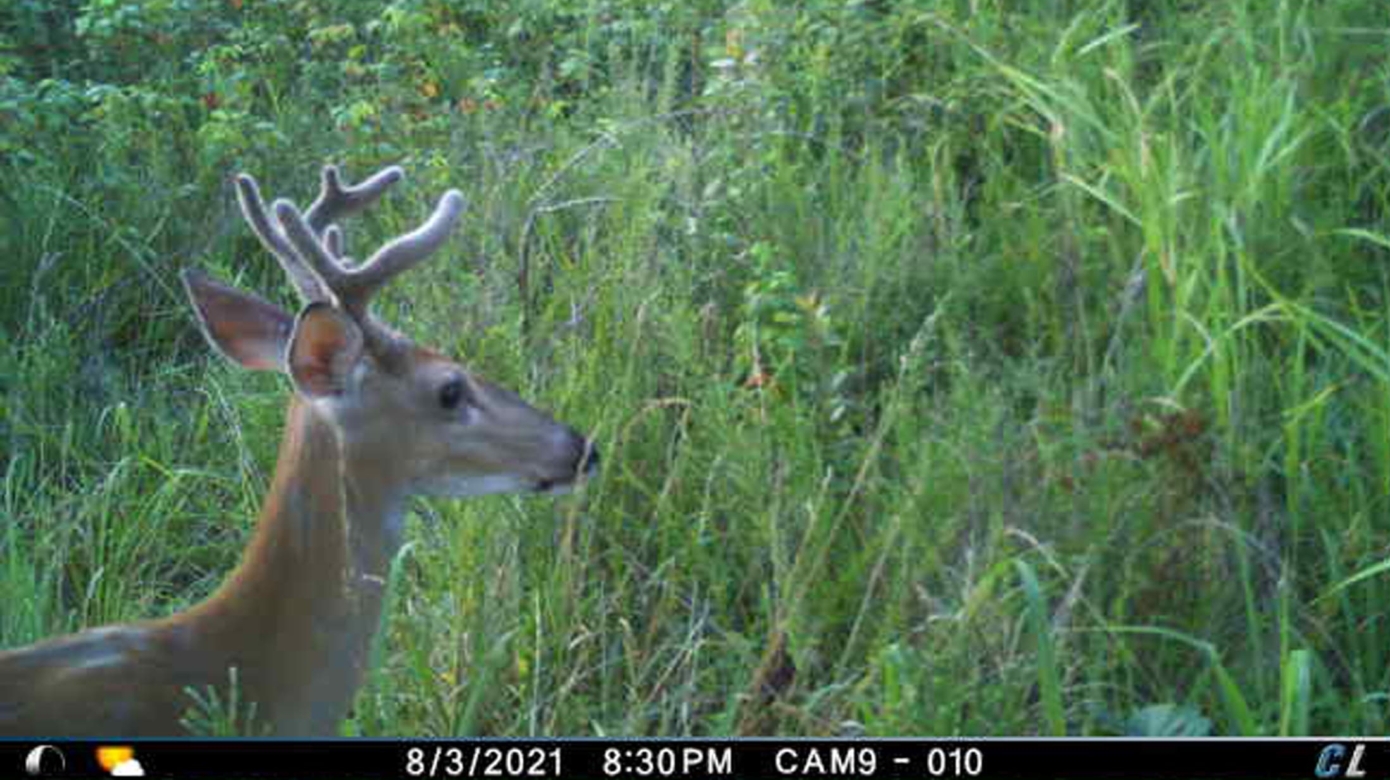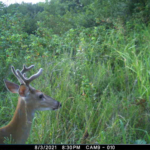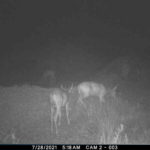Youth programs during summer 2021 provided an opportunity for the Citizen Potawatomi Nation to purchase and place trail cameras across its jurisdiction. The images help connect students to Mother Nature and open dialogue around conservation and land stewardship. The Nation now extends access to trail camera images through potawatomiheritage.com.
“Part of our traditions as Native Americans is to respect the world around us. Nature is important, and if we can help others see that and capture somebody’s interest, then that’s a great thing,” said Margaret Zientek, CPN Workforce Development & Social Services assistant director.
The project began in 2021 with a STEM camp through Workforce, which introduced students to educational and career opportunities tied to science, technology, engineering and math. During one lesson, participants received a trail camera that they set up near their homes, capturing wildlife, insects and more. They later discussed their observations and experiences as a group. Expanding on this, the Nation decided to set up trail cameras across CPN and make the images available for Tribal members, educators and the public.
“The whole idea of this is showcasing wildlife and encouraging others to be good stewards of the land,” said CPN Eagle Aviary Manager Jennifer Randell.
Departments across the Nation, including the CPN Eagle Aviary, Department of Education, Cultural Heritage Center, Workforce Development & Social Services and the Department of Real Estate Services collaborated on the project.
“Everyone has been so excited and just ecstatic about this,” Zientek said.
The Department of Education encourages educators to use the images and sees them as an opportunity for greater Native American inclusion in classrooms across Oklahoma and the United States.
Many of the 37,000 CPN members across the world have never had a chance to visit the Nation’s headquarters. The trail cameras also serve as a way for Tribal members to connect to the flourishing wildlife and lands across CPN jurisdiction.
“We have pictures that show all kinds of animals at different times. Some were in the daytime, some are in the twilight, some in the night, and the system is set up to capture them at all times,” Zientek explained.
Throughout the past few decades, efforts to protect bald eagles and other birds of prey have supported a growth and resurgence in key predator species across the United States.
“We could see numbers go down again because we do things that we don’t realize are harmful. So if we can educate people and expose our young people, even just picking up a piece of trash or fishing line, itty bitty things can make a huge impact on our wildlife,” Randell said.
Aviary staff hopes outreach, like the trail cameras, will help with conservation efforts for generations to come.
“It is important that we are intentional about everything we do out there — that we leave things the way we found them. That’s going to have a ripple effect positively on our animals and our land,” Randell said.
Find images and specially-curated curriculum through the Cultural Heritage Center’s website at potawatomiheritage.com/classroom.



